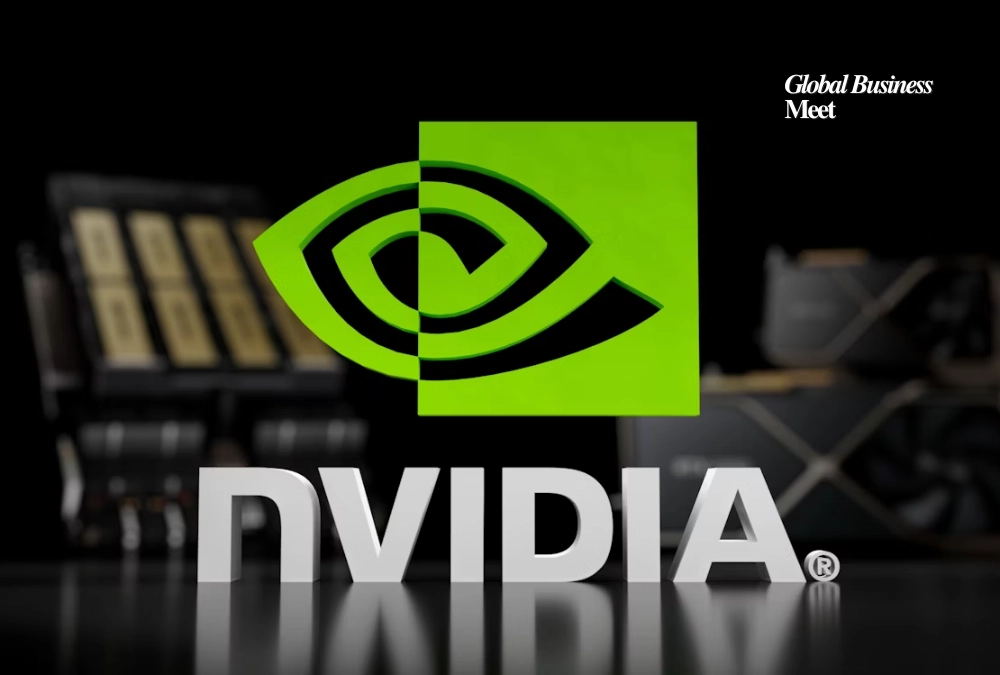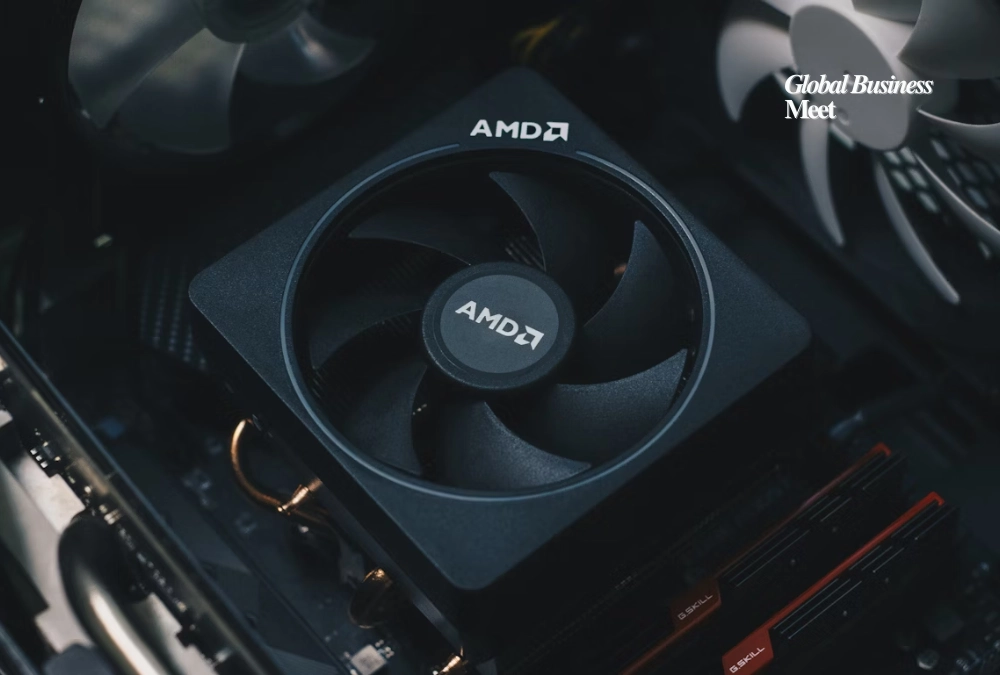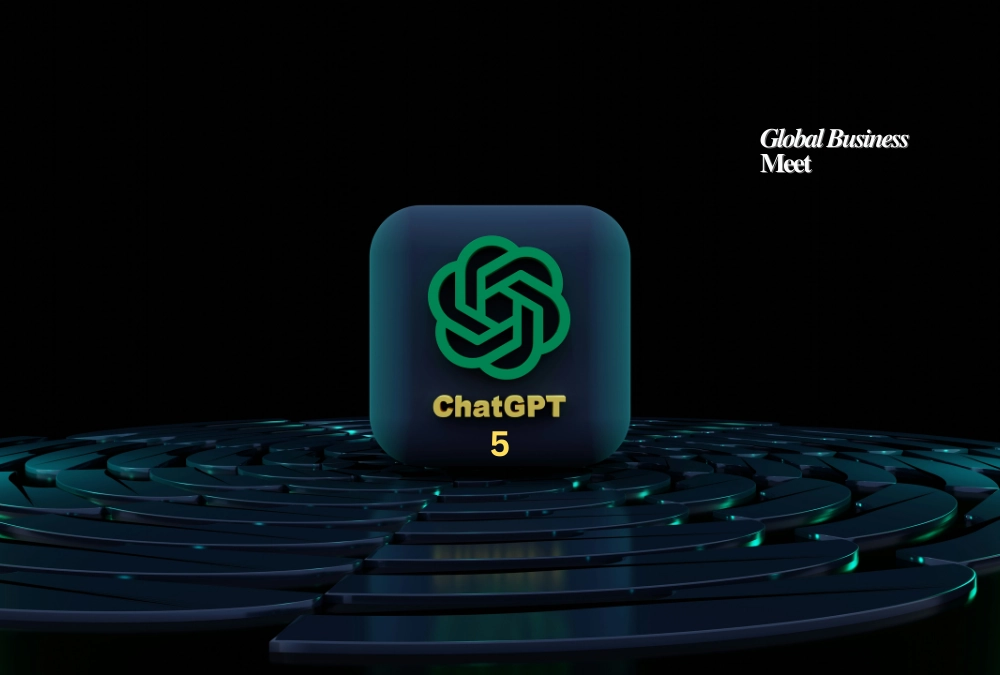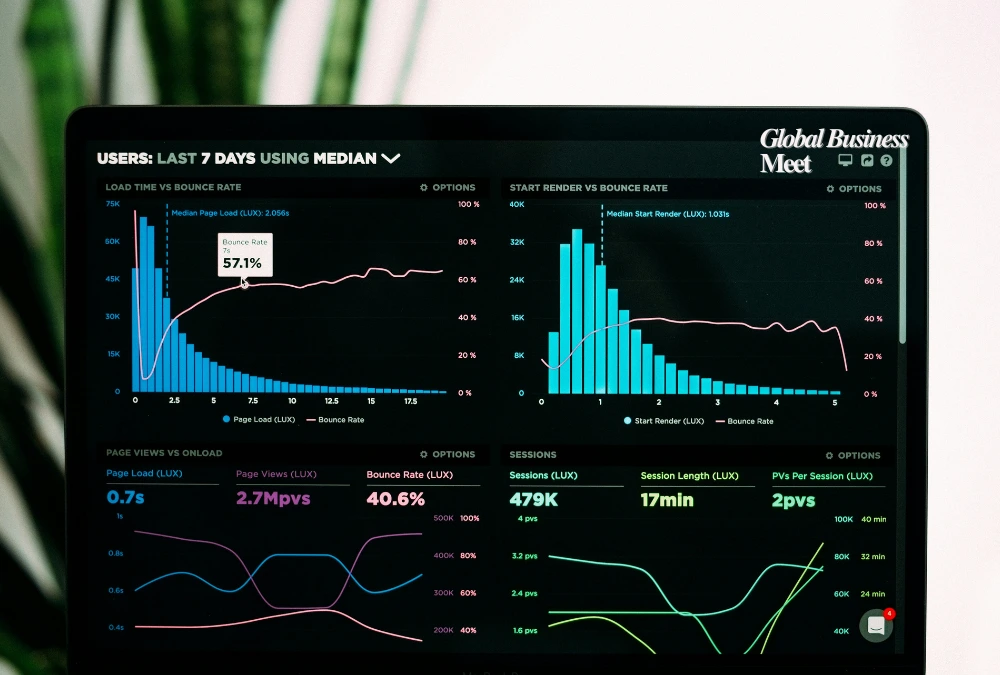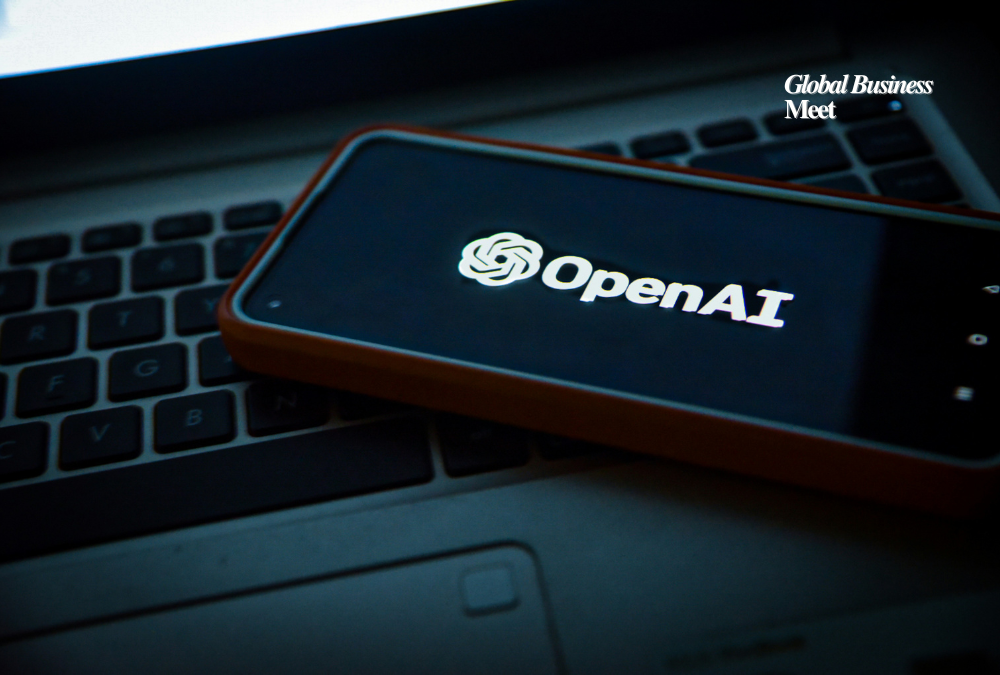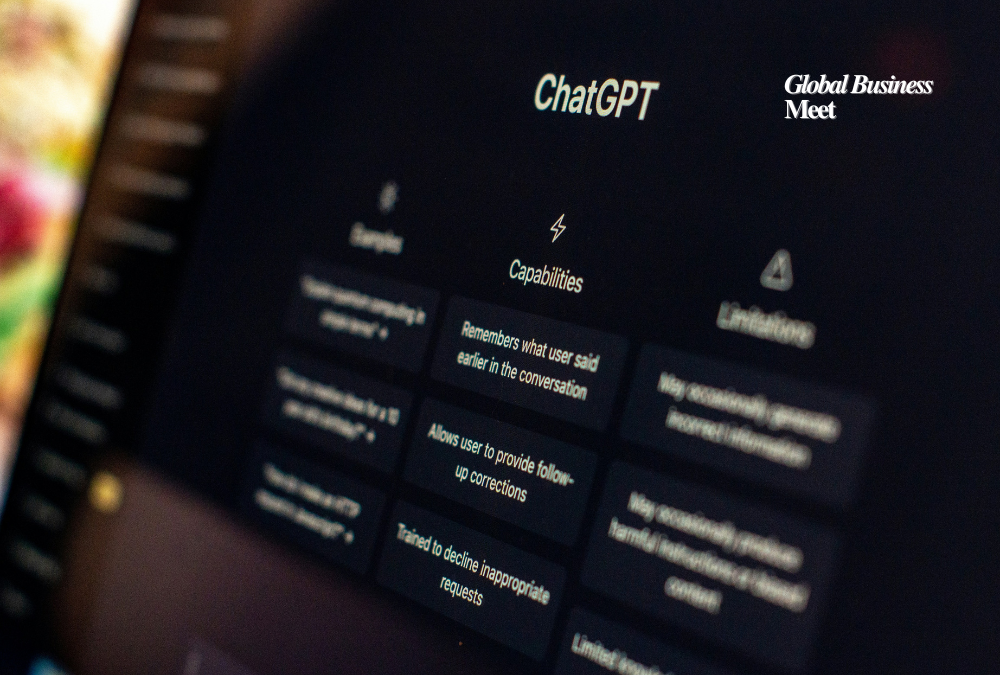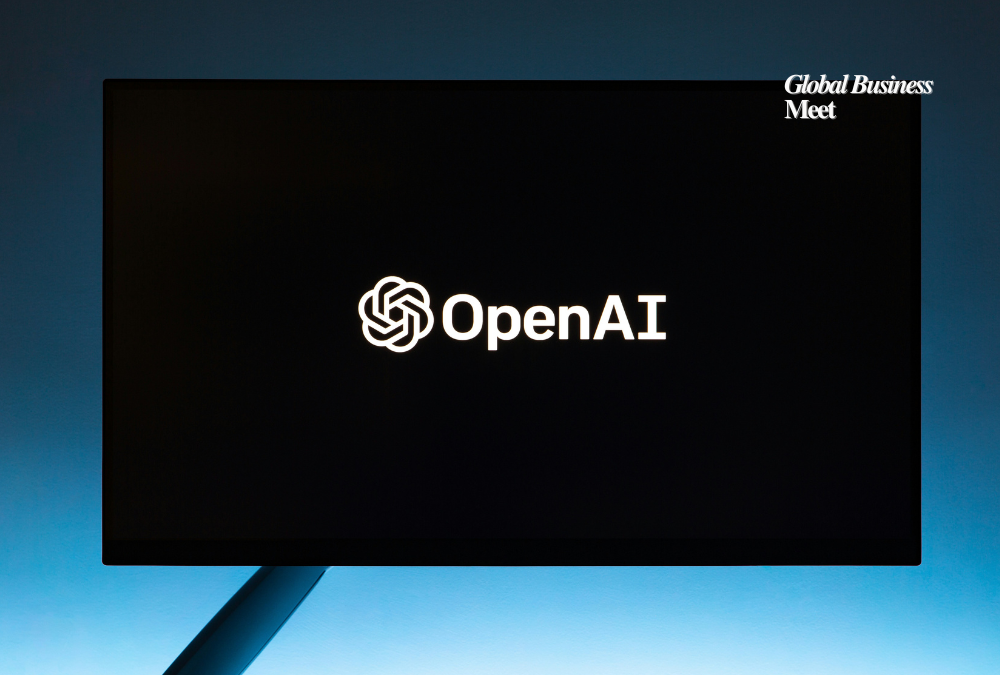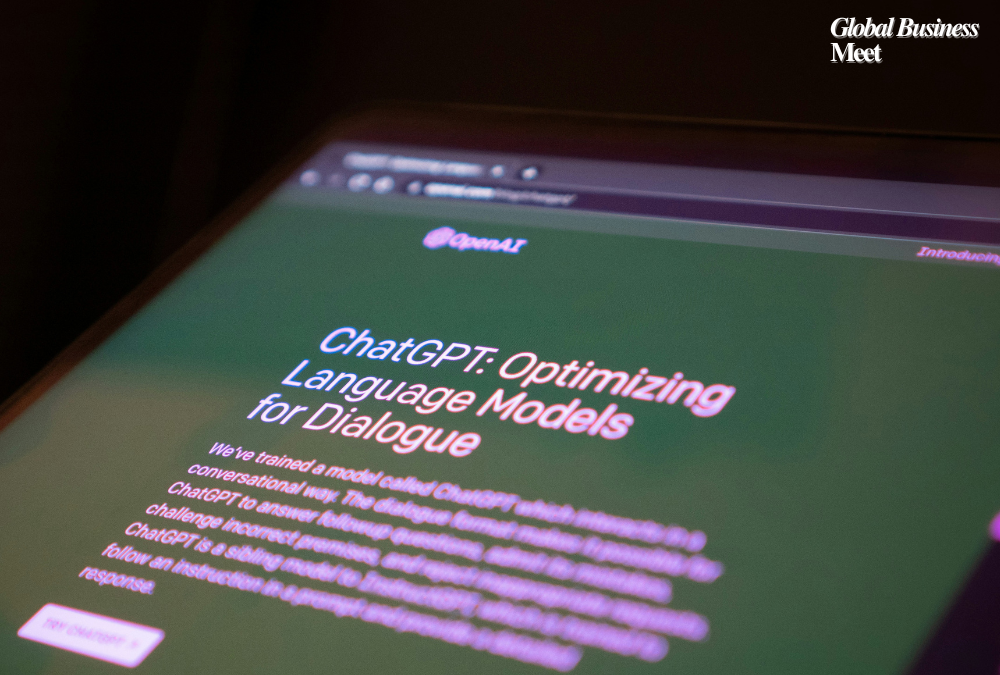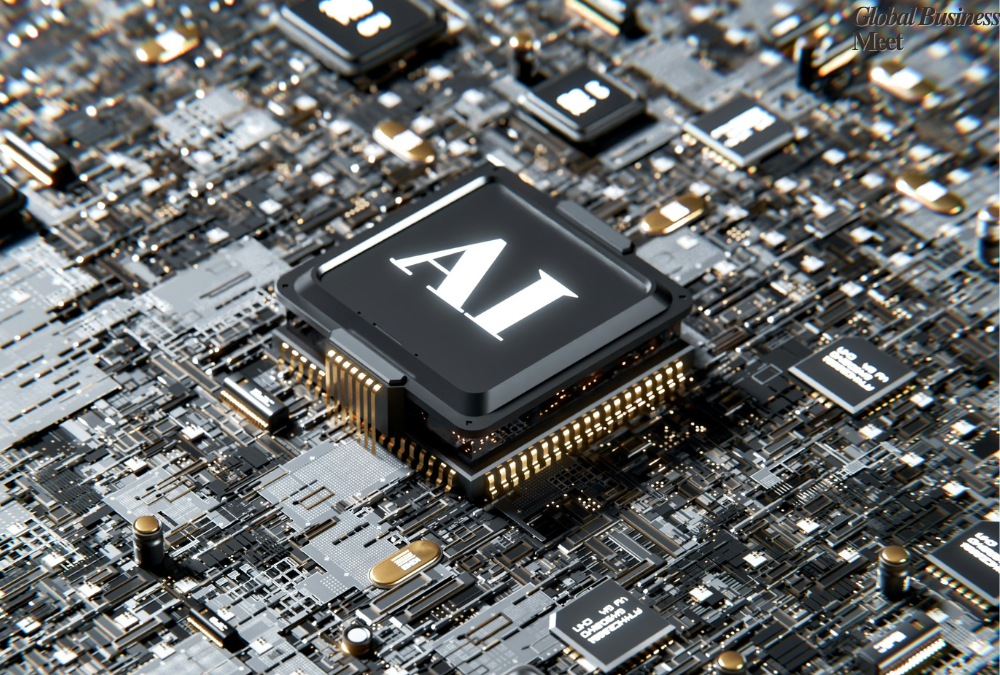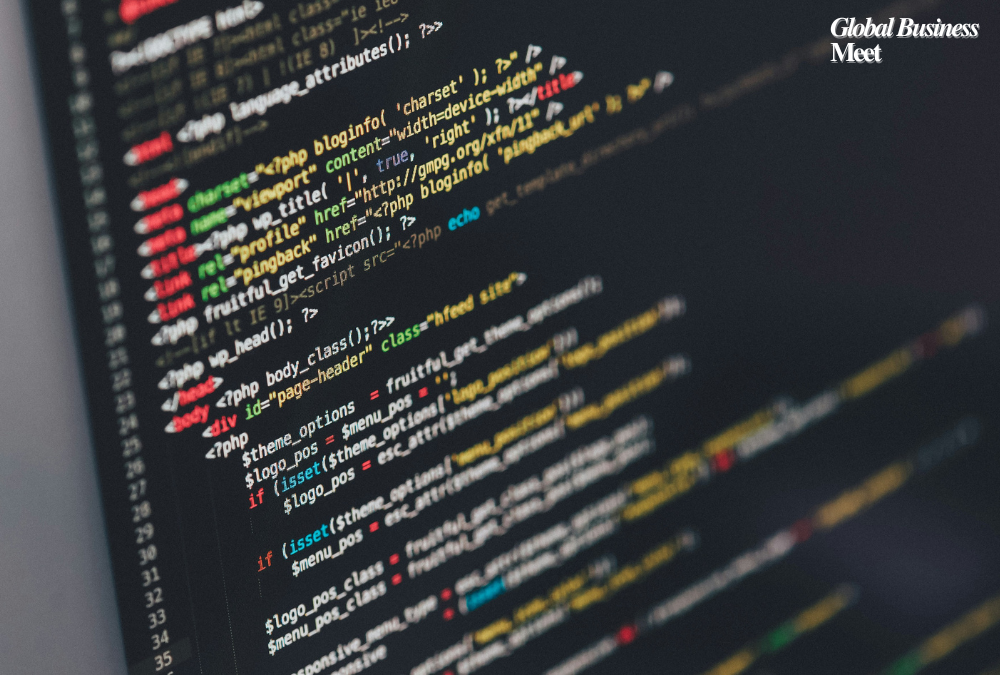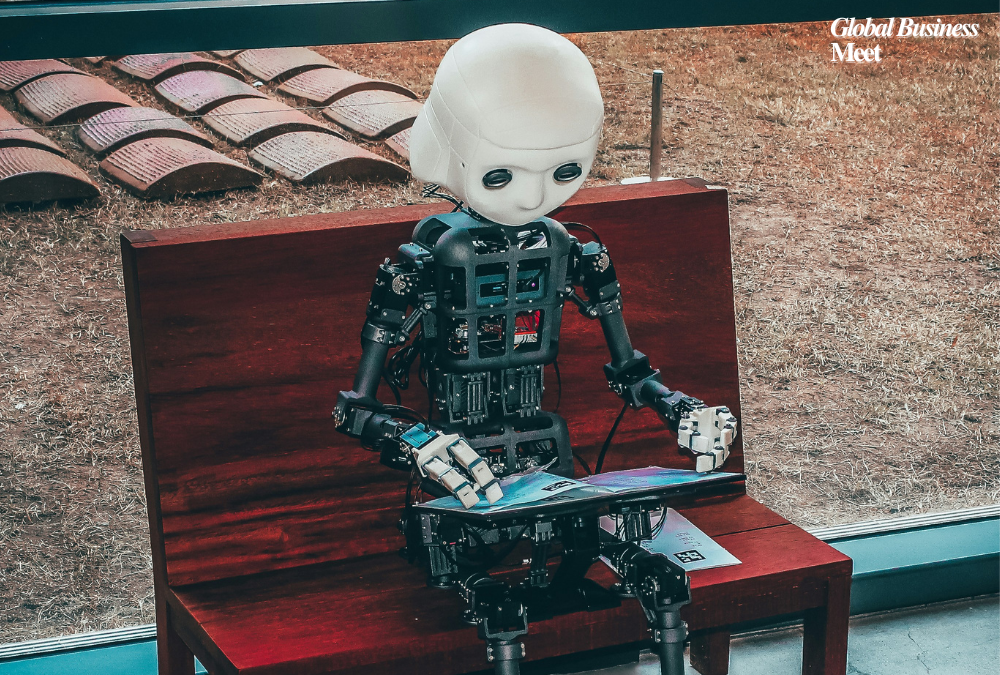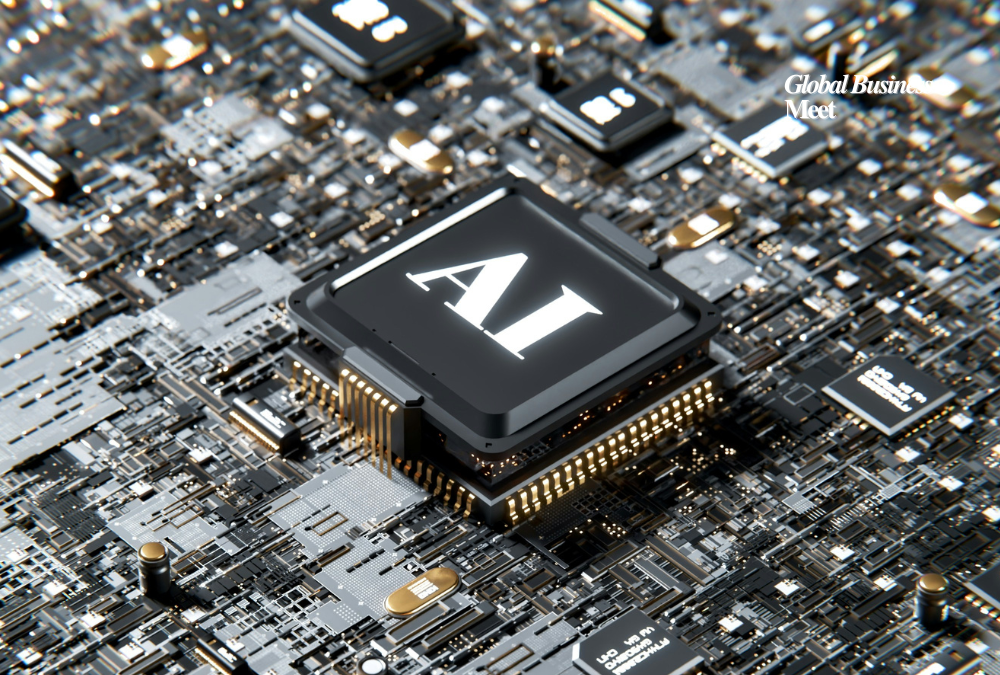
India is on route to becoming a world powerhouse in artificial intelligence as the IndiaAI Mission shows the installation of more than 17,000 high-performance GPUs throughout the country infrastructure. Such milestone is an important step towards objectives of the country to strengthen local artificial intelligence and lessen dependence on external compute resources.
IndiaAI Mission, which started in the year 2024 with a budget of close to 10000 crores, is to democratise access to AI compute power, datasets, and education. The IndiaAI Compute Portal went live in early 2025, initially with 10,000 GPUs, including Nvidia H100 and H200, A100, AMD Instinct MI300, and Intel Gaudi 2. However, this figure is subject to further upsurge through the latest deployment, with more than 17,000 units currently under deployment.
Such GPU deployment allows democratizing startup access, academic researchers, MSME, and government access. On the IndiaAI Compute Portal, users will be able to spin up GPU instances on demand at a subsidised cost of as little as 100 Indian Rupees/hour. The portal has a solid base in generative AI creation, multilingual models, and subjective solutions in languages such as Hindi, Tamil, and Bengali since it plans to accommodate all H100/H200, L40S, L4, AMD 325X, AWS Tranium and Inferentia cards.
IndiaAI is seeking to locally breakthrough by investing in projects such as Sarvam AI, the sovereign language model of India, as well as funding thousands of start-ups with the act of accelerators and API grants. The GPU resources allow these businesses to train complicated networks without the exorbitant compute expenses, which increases the business viability as well as the academic competitiveness.
In addition to compute, the mission is developing the underlying infrastructure: AIKosha, a curated repository of datasets; a national skilling ecosystem formed through Data Labs, training modules; and partnerships with the public sector to make sure that AI tools are aligned to the needs of India, in agriculture, healthcare, and smart cities. The increase in GPU will enhance urgent research in some of the areas, including natural language processing of local languages, diagnosis using vision in healthcare, agritech crop yields, and urban analytics.
The industry players praise the GPU launch but also stress on the maturity of the ecosystem. According to an AI policy expert, hardware is basic, but compute used in isolation will not make a long-term positive difference without data partnerships, developer education, and frameworks that enable deployment. This is the challenge that IndiaAI seeks to address through its hybrid model that combines compute, data, skilling and start-up support.
Nonetheless, obstacles are still there. Analysts single out the necessity of a steady cloud connection, data security practices, and equal access to tier-2 and tier-3 cities. Furthermore, although subsidies have been made so that the use of GPUs can become affordable, the long-term financial schemes have to reconcile the state finances and the commercial feasibility.
The future, in turn, envisages additional GPU expansion, given that IndiaAI submitted a bid to secure an extra 18,000 units of GPU and partners with local vendors such as CtrlS, Jio Platforms, Tata Communications, and NxtGen. Integration with open-source compute frameworks and collaboration with international cloud providers with the aim of increasing redundancy and resilience is also of interest to the mission.
IndiaAI emerged well-set to underwrite new dawn of AI-led innovation with more than 17,000 GPUs currently online. As India hopes up on its compute core and aids nurturing skills the country can jump into the center stage of international deployment as it creates AI in local languages, local governance, and high impact societal utilizations. It is not only due to technical advancement, but it is also a strategic departure by India towards becoming sovereign in the emerging field of AI.

